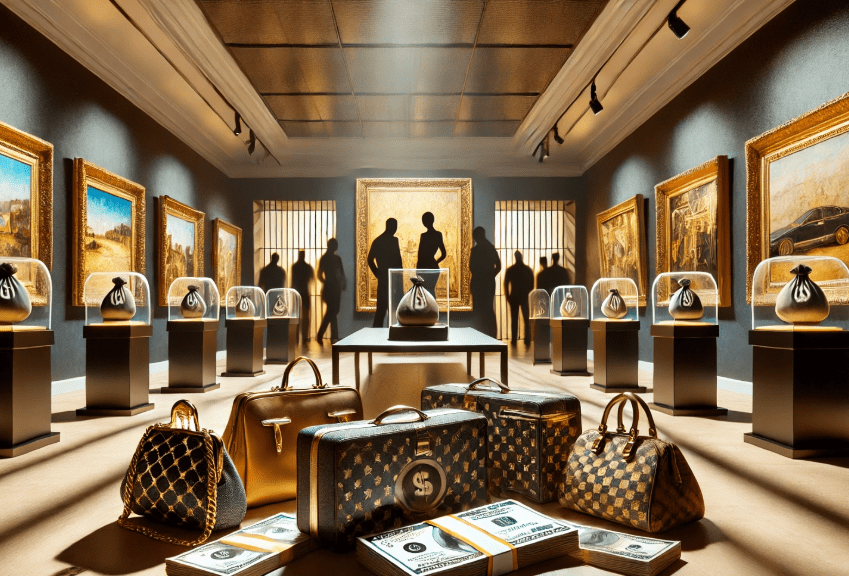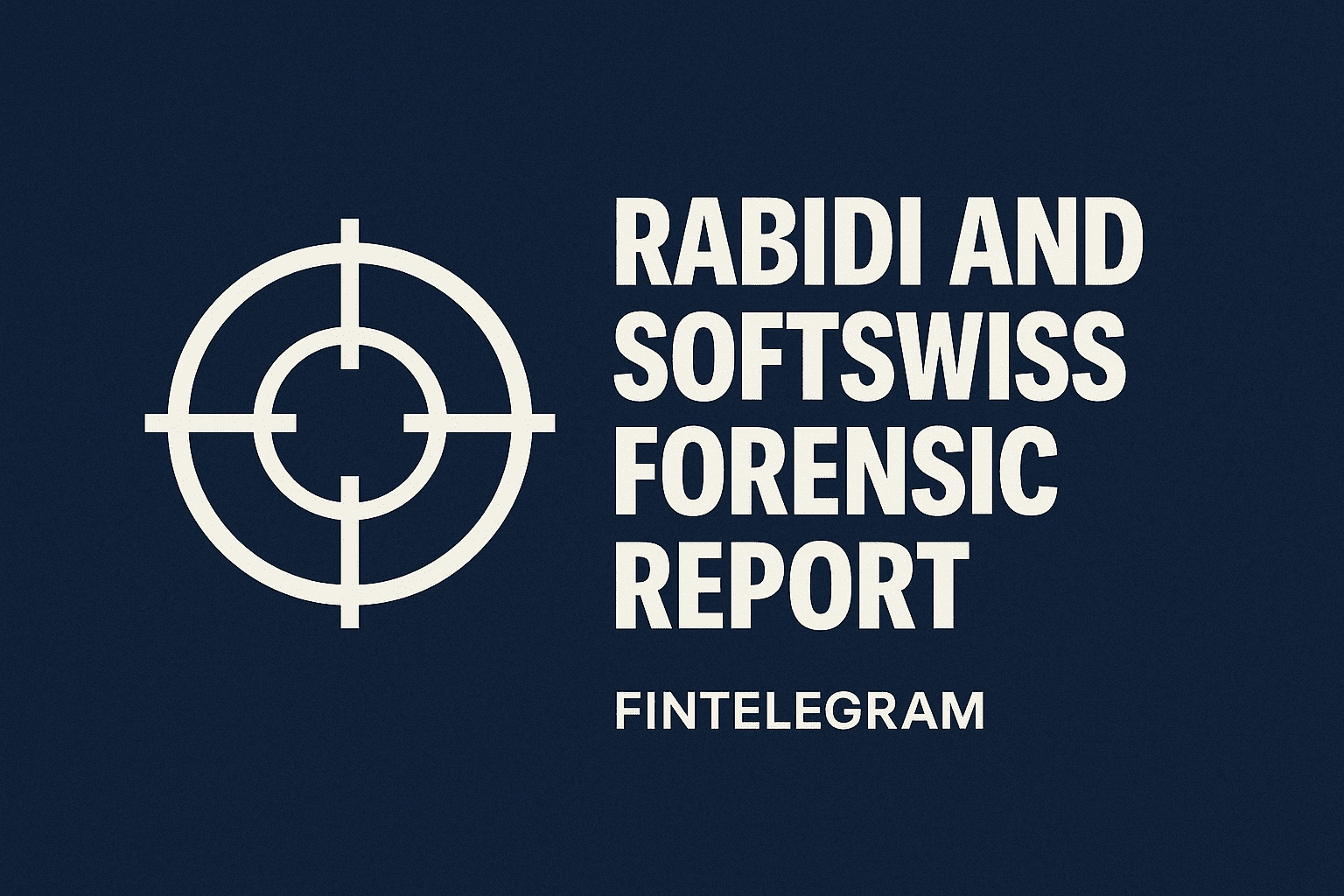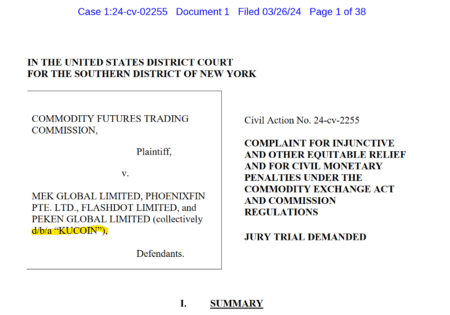Recent developments in money laundering via luxury items and works of art highlight the ongoing challenges faced by law enforcement and regulatory bodies. In July 2024, the UK National Crime Agency (NCA) issued an “Amber Alert” to the art sector, warning of potential sanctions evasion and money laundering through high-value art and luxury items stored in warehouses and freeports.
Experienced Money Laundering Schemes
This alert underscores the risk of billions of pounds worth of assets being held to evade sanctions regimes and taxes. A significant case in 2024 involved a sophisticated fake art operation dismantled by Eurojust. The criminal group produced forged works attributed to renowned artists such as Banksy, Andy Warhol, and Pablo Picasso. In a coordinated action across multiple European countries, 38 individuals were arrested, and over 2,000 counterfeit artworks were seized.
The art market’s vulnerability to money laundering is partly due to its accommodation of anonymous high-dollar transactions, price flexibility, and large cash deals. According to the United Nations Office on Drugs and Crime (UNODC), the art market was estimated to be worth $100 billion annually, making up 0.58% of the estimated $17.6 trillion in global illicit financial flows in 2011. This highlights the significant scale of money laundering in the art market. The global art market grew from $441 billion in 2022 to $579 billion in 2023, with Asia-Pacific emerging as the largest single region. This growth provides increased opportunities for criminals to exploit the market for illicit activities.
To combat these issues, regulatory measures have been implemented. The US Anti-Money Laundering Act of 2020 now requires antiquities businesses to identify beneficial owners and adopt stricter compliance policies. Similarly, the European Union’s Sixth Anti-Money Laundering Directive has made AML screening and customer due diligence compulsory for all art market participants.
Despite these efforts, criminals continue to employ sophisticated methods to launder money through luxury goods. One notable technique involves the anonymous purchase of high-value artwork to evade sanctions, as seen in cases involving designated Russian oligarchs. The integration of high-value art in money laundering schemes is facilitated by the art market’s tradition of confidentiality and the use of offshore accounts and shell companies.
As technology evolves, so do money laundering methods. The emergence of Non-Fungible Tokens (NFTs) has created a new avenue for potential financial crimes, given their digital nature and high potential value. Blockchain analysis firm Elliptic found that over $100 million worth of NFTs were publicly reported as stolen through scams between July 2021 and July 2022. This development presents additional challenges for regulators and law enforcement agencies in their efforts to combat money laundering in the art and luxury goods markets.
Prominent Money Laundering Cases
Recent cases of money laundering involving luxury items and works of art include:
- Singapore’s billion-dollar money laundering case (2024): Authorities seized luxury items worth millions, including a $7 million Patek Philippe watch, a $250,000 Hermes Birkin bag, and numerous other high-end watches and designer bags from brands like Rolex, Chopard, Chanel, and Louis Vuitton.
- Edemar Cid Ferreira case (2017): A Brazilian financier embezzled millions from his bank and attempted to launder the money by acquiring expensive art, including Jean-Michel Basquiat’s “Hannibal.” He tried to smuggle about 90 high-value artworks into the United States, declaring each at only $100.
- Matthew Green case (2018): A London art dealer was indicted for attempting to launder £6.7 million through the sale of a Picasso painting, “Personnages” (1965). Green allegedly agreed to accept funds from securities fraud in exchange for the artwork.
- Viktor Yanukovych bribery affair: The former Ukrainian president was found to have funneled €3.7 million through a Swedbank account, with the funds suspected to be associated with a bribe. Luxury goods, including a Fabergé egg and a Steinway piano, were discovered in his palace after his deposition.
These cases demonstrate the ongoing use of luxury goods and artwork as vehicles for money laundering, highlighting the need for continued vigilance and improved regulations in these markets.
Report Money Laundering Activities
If you have information about money laundering activities, please report them to FinTelegram via our whistleblowing system, Whistle42.





